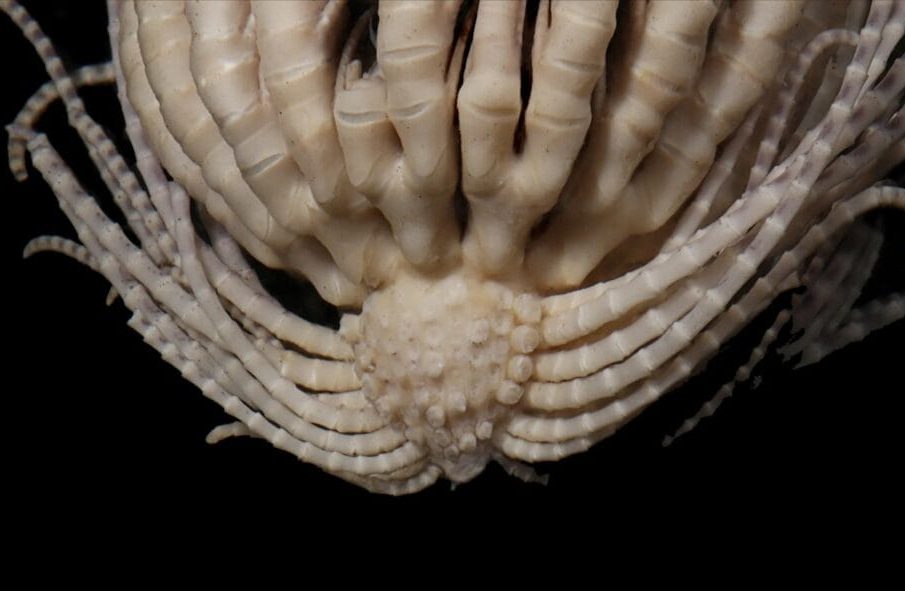Discovering the Ten-Legged Sea Creature: Nature’s Marvel

Introduction
The ocean is home to a myriad of fascinating creatures, among which the ten-legged sea creature, also known as the decapod, holds a special place. This group includes crabs, lobsters, and shrimp, which are not only vital to marine ecosystems but also play a significant role in the global fishing industry. As climate change and human activities threaten marine habitats, understanding these creatures becomes increasingly important for conservation efforts.
What are Ten-Legged Sea Creatures?
Ten-legged sea creatures, or decapods, are marine animals characterised by their ten limbs: eight walking legs and two pincers or chelae. This diverse group is classified under the order Decapoda and includes a variety of species such as crabs, prawns, and crayfish. These creatures are primarily found in the ocean but can also inhabit freshwater systems. Decapods are known for their adaptability, occupying various marine environments from the shallow coastal waters to the deep sea.
Habitat and Distribution
Decapods thrive in a diverse range of habitats, including coral reefs, estuaries, and muddy flats. Each species has adapted to its particular environment, which influences its behaviour, diet, and reproductive strategies. For instance, the blue crab, native to the Atlantic coast of North America, prefers brackish waters, while the Japanese spider crab, one of the largest crab species, dwells in deeper waters off the coast of Japan. This wide distribution underscores the importance of preserving various marine habitats to safeguard these creatures.
Ecological Significance
Ten-legged sea creatures play crucial roles in marine ecosystems. As scavengers and predators, they help maintain the balance of their environments by controlling populations of other marine species. Furthermore, many decapod species serve as key food sources for larger marine animals, including fish, birds, and mammals. Their presence can indicate the health of marine ecosystems, making them essential for biodiversity.
Current Challenges and Conservation Efforts
Unfortunately, decapods face numerous threats, including overfishing, habitat destruction, and climate change. The impact of rising sea temperatures and ocean acidification disrupts the delicate balance of their ecosystems, affecting their reproduction and survival rates. Conservation efforts are essential to protect these creatures and their habitats. Initiatives such as establishing marine protected areas and promoting sustainable fishing practices are crucial to ensure that decapod populations remain stable for future generations.
Conclusion
Understanding ten-legged sea creatures is vital for preserving marine biodiversity and maintaining the health of ocean ecosystems. As we face environmental challenges, efforts must be directed towards conservation and sustainable practices. The continued study and appreciation of these remarkable creatures can lead to better stewardship of our oceans, ensuring that they thrive in a rapidly changing world.







